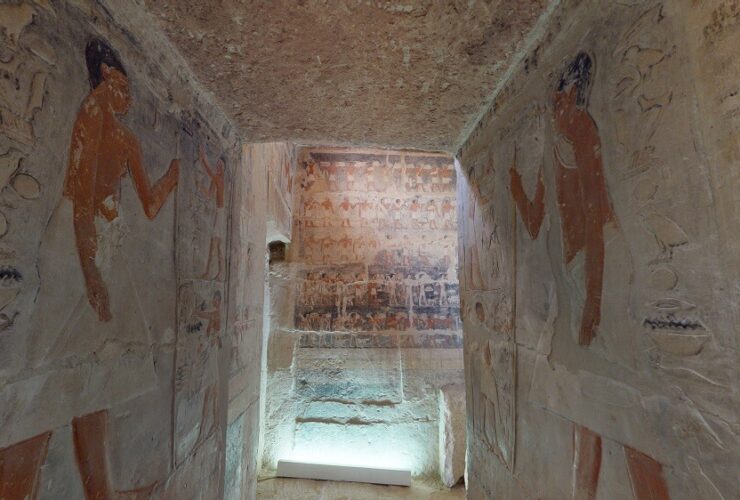Explore the wonders of the Gayer-Anderson Museum in Cairo
One of the best-preserved examples of 17th-century domestic architecture still standing in Cairo, the Gayer-Anderson Museum’s architecture is not only a testament to history itself, but also serves as home to a vast collection of artwork.
To capture this one-of-a-kind museum foundation worked with NAV3D, a leading company in Egypt that provides Matterport 3D scanning services. These efforts further preserve history and help to make the Gayer-Anderson Museum accessible to more visitors than ever before.
We caught up with Ahmed Attia, the founder and executive manager at NAV3D, to learn more about the project.
Q: What inspired the 3D capture of Gayer-Anderson Museum?
This was a great initiative from the Ministry of Antiquities to document and share a very important museum using the latest technology in the market. Cooperation between two was vital to the success of this project. There was great support from the Ministry’s team led by Dr. Nevine Nizar, the minister’s assistant for the museum sector. This was a great experience and I really enjoyed being a part of the team responsible for documenting this fascinating place.
The Gayer-Anderson Museum, known as Bayt al-Kritliyya, is unique with fascinating architecture and history. It’s a remarkable, historic home that was once used as a residence for an English man, Gayer Anderson. The house uses intrinsic building designs that reflect the Islamic domestic architecture in Cairo. Also, it displays splendid furniture, carpets, objects and other valuable collections.

Q: What are the “must-sees” you want visitors to explore and why?
The museum contains many historic rooms that all store their own great collections. Each has remarkable furniture, designs and other decorations. Not to mention, the Pharaonic Room holds some Canopic jars, coffins, scarabs and Greco-Roman statues. So it’s very hard to define a specific room or object to be ‘must-see’, as all the museum’s sections are of great significance and importance.
That said, I would recommend some hidden treasures that a general visitor may not notice, such as the sundial on the roof of the museum, which was used in the Islamic period to determine the times of prayer. The magic bowls of the Museum Room are also important pieces, as drinking from them was believed to cure any kind of illness.
Q: What’s the one thing you want visitors to take away after exploring the Gayer-Anderson Museum?
I’d encourage them to make an actual visit to the museum and enjoy the magical historical spirit that dominates this unique museum.
I’d also like to highlight the legends of the property. They refer to the house as possessing miraculous qualities. For example, the well, which is called Bir al-Watawit or the well of the bats, is said to have magical powers. A lover would see the reflection of the face of his or her absent sweetheart in the water.
Q: The music and Mattertags really fill the model up and help create such an educational experience. How have visitors reacted?
Sound and music are important interpretative tools in museums that affect the visitors’ engagement. It helps to lead them into deeper engagement within the tour and leaves a lasting memory. The feedback was really impressive.




